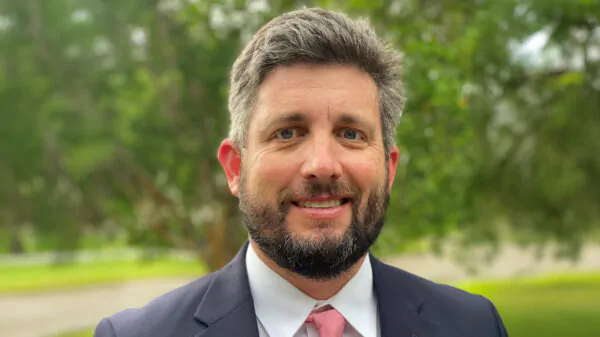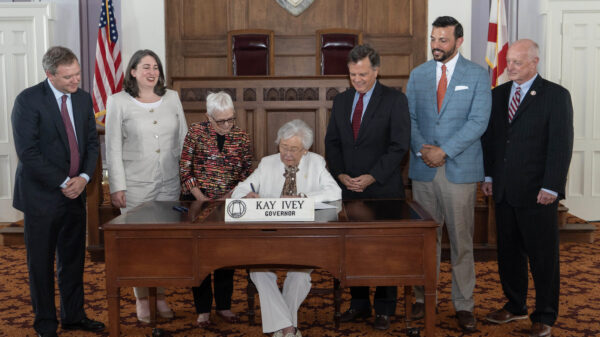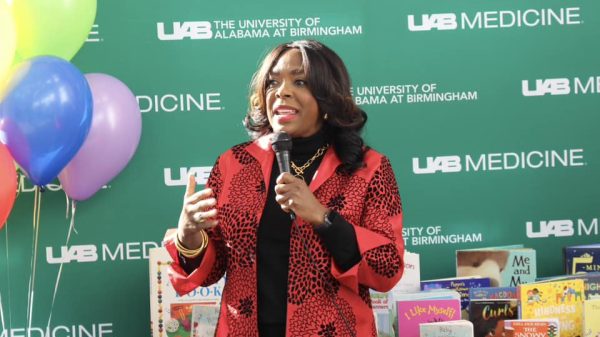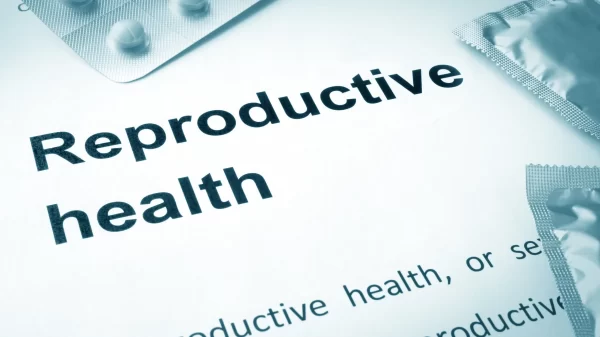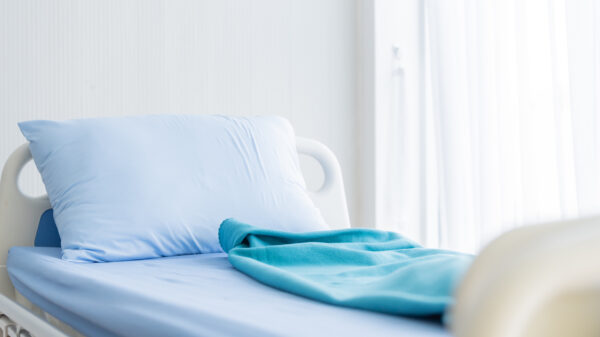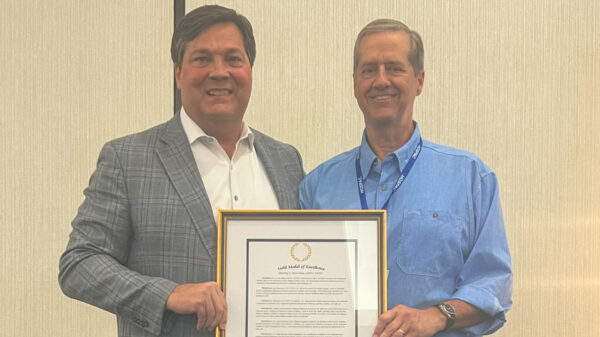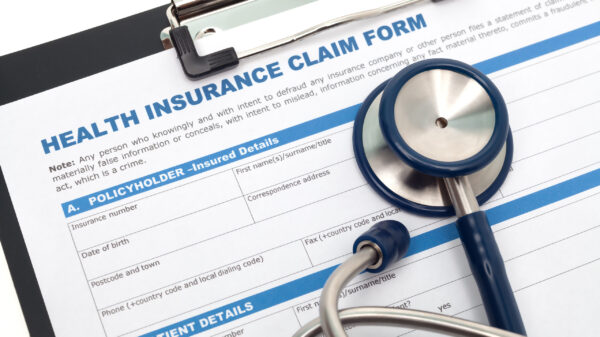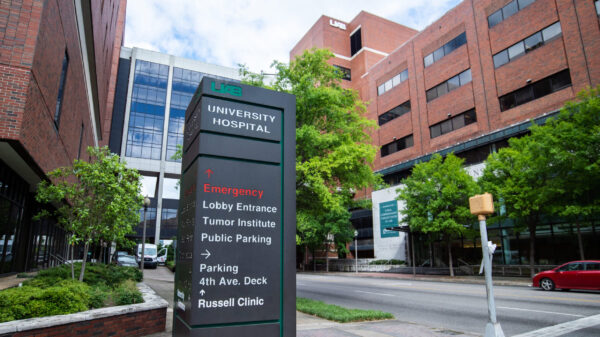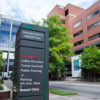The number of available intensive care beds available in Alabama hospitals Tuesday was at its lowest point since early August as hospitalizations and cases in the state continue a worrying rise.
“It is clearly moving in the wrong direction,” said Dr. Don Williamson, president of the Alabama Hospital Association and former Alabama state health officer, speaking to APR on Tuesday.
During the week of Oct. 13 and Oct. 19, Alabama was averaging 1,058 new COVID-19 cases daily, but this week, the state is averaging 1,520 new cases a day — a 43 percent increase. Over the last two weeks, hospitalizations have increased by 20 percent and the number of people in hospitals on Tuesday surpassed 1,200 for the first time since Aug. 19.
{{CODE1}}
Three weeks ago, the average number of patients in the hospital being treated for COVID-19 was 841, based on a seven-day average. This week, the number increased by 26 percent to 1,068.
{{CODE2}}
Alabama hospitals had just 206, or 12 percent, of the state’s supply of ICU beds available, Williamson said. That’s better than where the state was during the July surge but it’s the lowest number since early August when the July surge began abating, he said.
But it’s not just a dwindling supply of available ICU beds that worries Williamson. It’s the health care workers needed to work with those patients. Nurses are in high demand.
“Our hospitals are now using traveling nursing services to a much greater extent than they have before. I think we’re in the worst possible place,” Williamson said.
The number of tests that have been positive over the past two weeks — known as the positivity rate — was 21 percent on Tuesday, based on seven- and 14-day averages of case and test increases. Public health officials that rate needs to be below 5 percent or cases are going undetected.
{{CODE3}}
Williamson is concerned that as more holidays approach, families will gather indoors, and college students returning home may bring the virus home with them.
News that Pfizer’s vaccine may be 90 percent effective at stopping infections is promising, and the Food and Drug Administration on Monday approved an emergency-use authorization for a monoclonal antibody treatment, but Williamson said it will likely be many weeks before the vaccine is ready for release, and the supply at first will be limited.
There’s a light at the end of the tunnel, but Williamson said the public needs to do what public health officials know works — wear masks, social distance and wash hands — so they don’t make that light “into a train.”
The U.S. has reported at least 100,000 new coronavirus cases for the last seven days. There were more than 59,000 people hospitalized for COVID-19 in the U.S. on Monday, the highest number since July 25, according to the data tracking website COVID Tracking Project.










